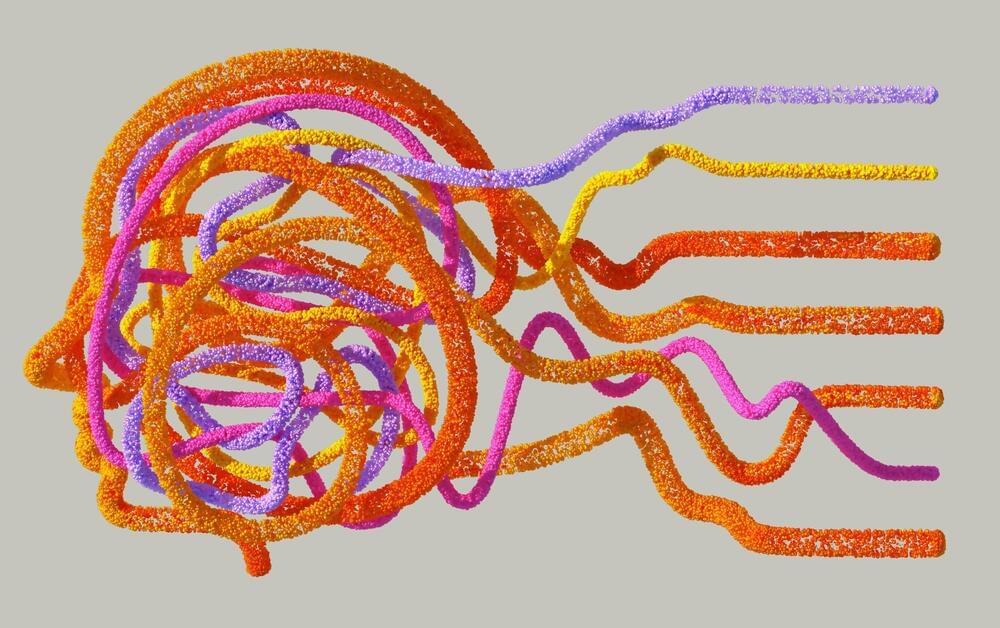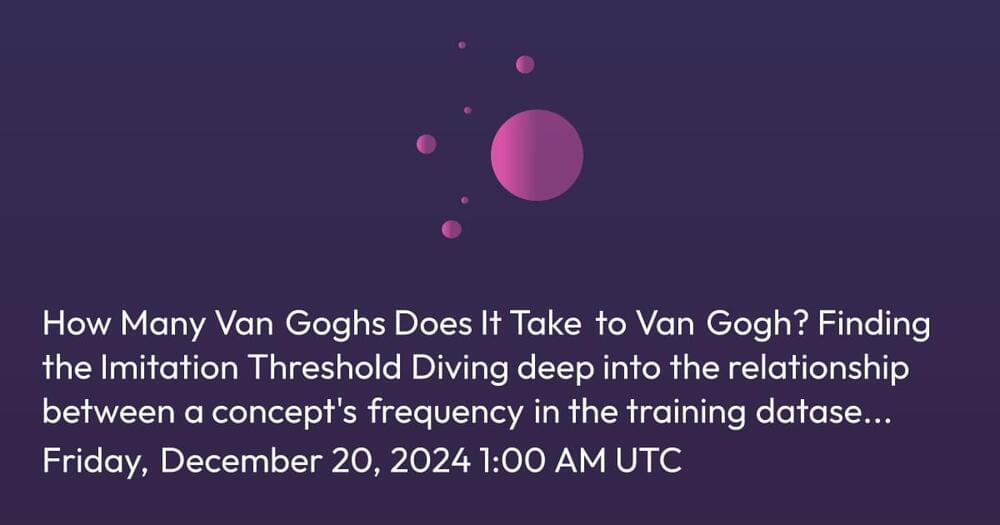Dec 19, 2024
The Puzzle of Radiation-Resistant Alloys
Posted by Saúl Morales Rodriguéz in categories: nuclear energy, particle physics, robotics/AI
Atomic simulations deepen the mystery of how engineered materials known as refractory high-entropy alloys can suffer so little damage by radiation.
Refractory high-entropy alloys are materials made from multiple high-melting-point metals in roughly equal proportions. Those containing tungsten exhibit minimal changes in mechanical properties when exposed to continuous radiation and could be used to shield the crucial components of future nuclear reactors. Now Jesper Byggmästar and his colleagues at the University of Helsinki have performed atomic simulations that explore the uncertain origins of this radiation resistance [1]. The findings could help scientists design novel materials that are even more robust than these alloys in extreme environments.
The researchers studied a tungsten-based refractory high-entropy alloy using state-of-the-art simulations guided by machine learning. In particular, they modeled the main mechanism by which radiation can disrupt such an alloy’s atomic structure. In this mechanism, the incoming radiation causes one atom in the alloy to displace another atom, forming one or more structural defects. The team determined the threshold energy needed to induce such displacements and its dependence on the masses of the two involved atoms.


















